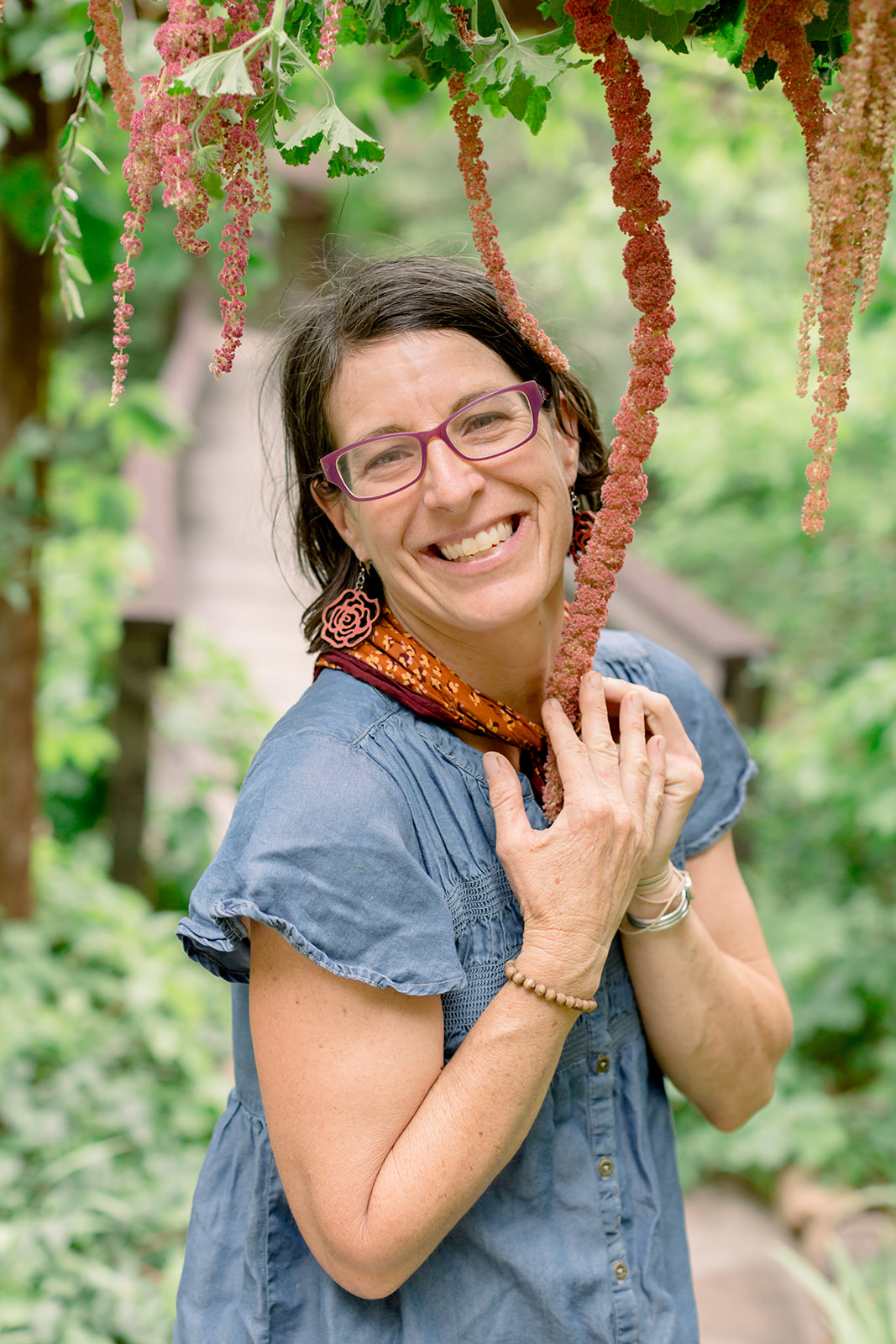Ten summers ago I worked as a gardener for the Arboretum at Flagstaff. I dug in deep, learning the names of native plants and how to cultivate them. I weeded to the sound of the summer breeze and the racket of hummingbirds sparring over penstemon blossoms. The San Francisco Peaks rose like an indigo ship from the distant horizon.
I helped build a water conservation garden, a collection of stacked rocks and soil with plants growing in the crevices. The design emulated the forest and used drip irrigation to limit water use. We salvaged the rocks from a forested corner of Route 66 and Woody Mountain Road, foraging for the biggest, most beautiful Malpais boulders and lining the bucket loader with old blankets to protect the intricate networks of lichen. The 40-acre plot was owned by the Arboretum’s benefactor and was slated for sale that fall. (The proceeds, I suppose, were intended to keep the Arboretum afloat.)
That garden has grown and matured. I hope it inspires people to landscape with the local flora. But now when I visit the garden, my pride is mixed with shame and outrage. The 40-acre plot of land has been clear cut and scraped to bare ground. If the economy recovers, a crop of houses will grow there.
I find that I am tangled in the new Western dilemma; we destroy what we love in order to be here. I became smitten with Flagstaff for its unique beauty; but year after year, I witness more open space replaced by pavement and forest converted to luxury golf courses flanked by million-dollar “lock and leave” homes. Ten years ago, public outrage and the dedication of the Friends of Dry Lake spared the volcanic caldera adjacent to the Arboretum from certain death by golf green. Aspen groves shimmered next to the pink surveyor flags staking out proposed holes and would be houses. Protecting Dry Lake from development was a victory, but the Flagstaff Ranch Golf club still prevailed just outside of it proclaiming “the best high country lifestyle … naturally.”
The Flagstaff I encountered when I first moved to town was composed of feisty activists that were dedicated to protecting this unique corner of the world. But today I shiver with defeat when I drive down Woody Mountain road on my way to the Arboretum, a place that heralds the plant diversity of the Colorado Plateau, and am assaulted by acres of artificial green grass growing beneath the ponderosa-pine canopy.
Flagstaff has also seen its share of improvements; just 15 years ago Heritage Square was a dirt parking lot. The expansion of the urban trail system, the revival of a thriving, vibrant downtown and a growing local food movement are positive changes.
But gone are the days when you could walk to the San Francisco Peaks from the top of San Francisco Street and hike to Walnut Canyon from the end of Lone Tree Road. The multi-million dollar home sites of Lockett Ranches and Pine Canyon put an end to this. Perhaps one of the saddest losses is McMillan Mesa, a forested island in the middle of town that offered the magic of wild spaces right outside the back door.
My own life changed when I moved from downtown to the edge of Elden Hills golf course. Each day I face squarely against what I despise about golf courses—they cater to an elite clientele, rely on pesticides and are water intensive monocultures. Yet I have come to appreciate the open space and the migratory birds that frequent them. The sharp lines that I try to draw come out blurry. What part do I play in my complicity? Will I be like the songbird that feeds the nestlings of cowbirds that parasitized my nest? Or do I leave for less-spoiled places to make a new nest?
What else do we stand to lose? Will the qualities about Flagstaff that once attracted us survive the next 30 years? Or will we change our values so that the vanishing forest is more palatable, or at least less disconcerting? What responsibility do I have, knowing all that has been lost? What do I owe this place I call home?

